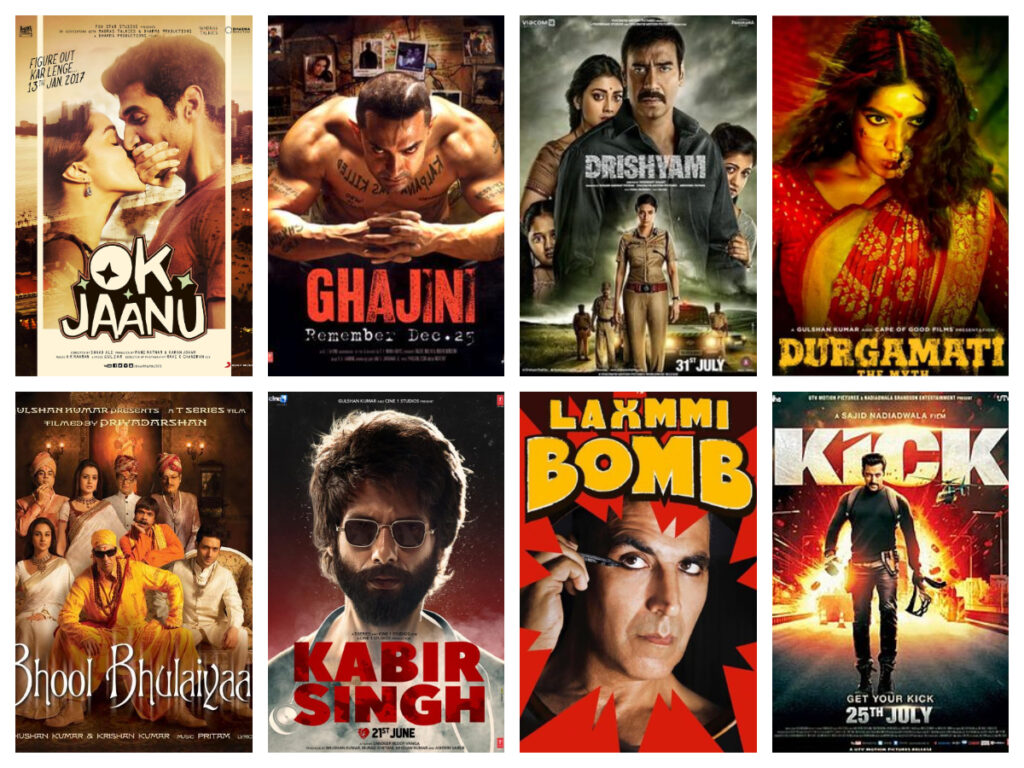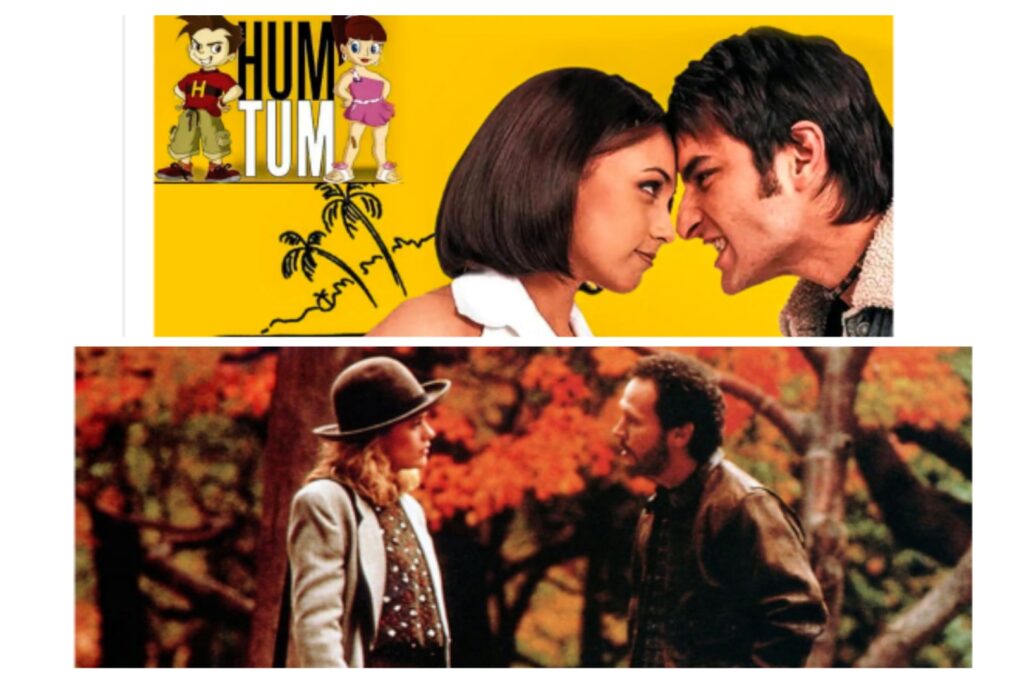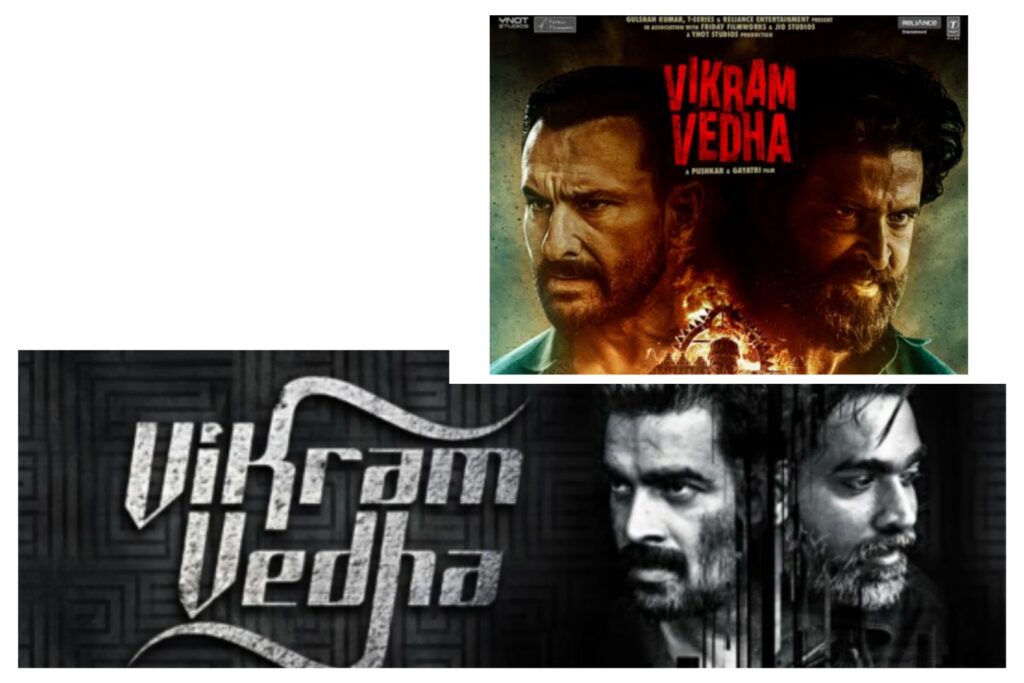Bollywood is India’s prime film industry which chiefly focuses on producing Hindi movies in theaters, creating more than nearly a thousand films a year. Being a billion-dollar industry, it has a striking amount of influence on the Indian Economy. From the late nineties, Bollywood has had a great cultural implication on the netizens. It is not purely a work of art; it is a cultural marvel by reflecting India’s pulsating and unique traditions and demeanor. It has had a great impact on baby boomers and Gen X – from setting new fashion trends to the music they jammed on. With the generation of novel, fun and light-hearted, it is intermittently being fearless and making untamed content.
Have you ever heard your parent crib about how the so-called ‘new songs’ have no rhythm or longevity for that matter of fact and are total flops unless and until they genuinely are developed well by the artiste or are remixes of super hit songs and have catchy lyrics? This is the case of Bollywood today: it is lacking creativity and is unable to breed fresh, never-seen, original ideas. People are worn-out seeing the same old rom-com story reproduced in a hundred different ways. Citizens seek variety and therefore, prefer buying monthly subscriptions to OTT Platforms rather than just spending the same sum for a single visit to the theatre and not even enjoying the experience!

Hindi Cinema has re-fabricated Southern films numerous times now. Becoming heavily dependent on Tollywood is completely backfiring on the industry and the directors are receiving criticism. About forty percent of existing commercially money-spinning remakes have been based typically on South Indian Films, predominantly Telugu and Tamil ones. The letdown of making Laxmi Bomb a remake of the Tamil drama Kanchana while not doing the research suitably ended up offending the transgender community and the accomplishment of the movie Kabir Singh – a remake of Arjun Reddy – a Telugu-based drama – in the Hindi cinema, not abstaining violence, created controversy. Bodyguard, Singham, Kick, and Rowdy Rathod are a few other successful names of remake movies from the South which didn’t receive the recognition they deserved. And as a matter of survival, the South industry is releasing multilingual dubbed movies to earn some revenue and race, side by side with Bollywood.
Another source of Bollywood is sustenance by producing hollow and unsatisfactory sequels of the box office hit releases and then not keeping up with the states of their prequels by revolving 360 degrees around the stories or adding an unnecessary quantity of songs within the sequels, leaving the audience in total dismay and hence, spoiling the branding of that particular movie set. A very decent instance of it is the ecstatic movie Koi Mil Gaya’s sequel Krrish 3 or the new release of Race. That being said, there are some incomparable masterpieces such as Badhai Ho and Badhai Do which have conquered seats in the hearts of their spectators by talking about the unexplored.

Until now, inspiration from abroad content and attempts to reproduce is still practiced and it could be because of the certainty (by compromising on the genuineness) that the film will work at the box office for sure, thus, reducing the risk of failure. This is preferred by the A-list actors of the industry.
The super hit ‘Hum Tum’ under Yash Raj Films starring Rani Mukherjee and Saif Ali Khan raised the question, “Can men and women be friends?” The movie talks about how two individuals, who meet at different points in their lives ultimately grow close after countless years and several meetings and fall for each other; this is vastly influenced by ‘When Harry met Sally’. The French film L’Accordeur inspired Andhadhun. At this instant, the possibility of a unique script attracting a huge flow of cash is at a greater decrease than ever before.

The new releases might not be as stimulating as the nineties but they continue to gauge the attention of their audience by adding extra masala and in brilliant cases, keep the viewers on the edge of their seats.
Written by Jehan Vakharia
Edited by Madiha Tariq
